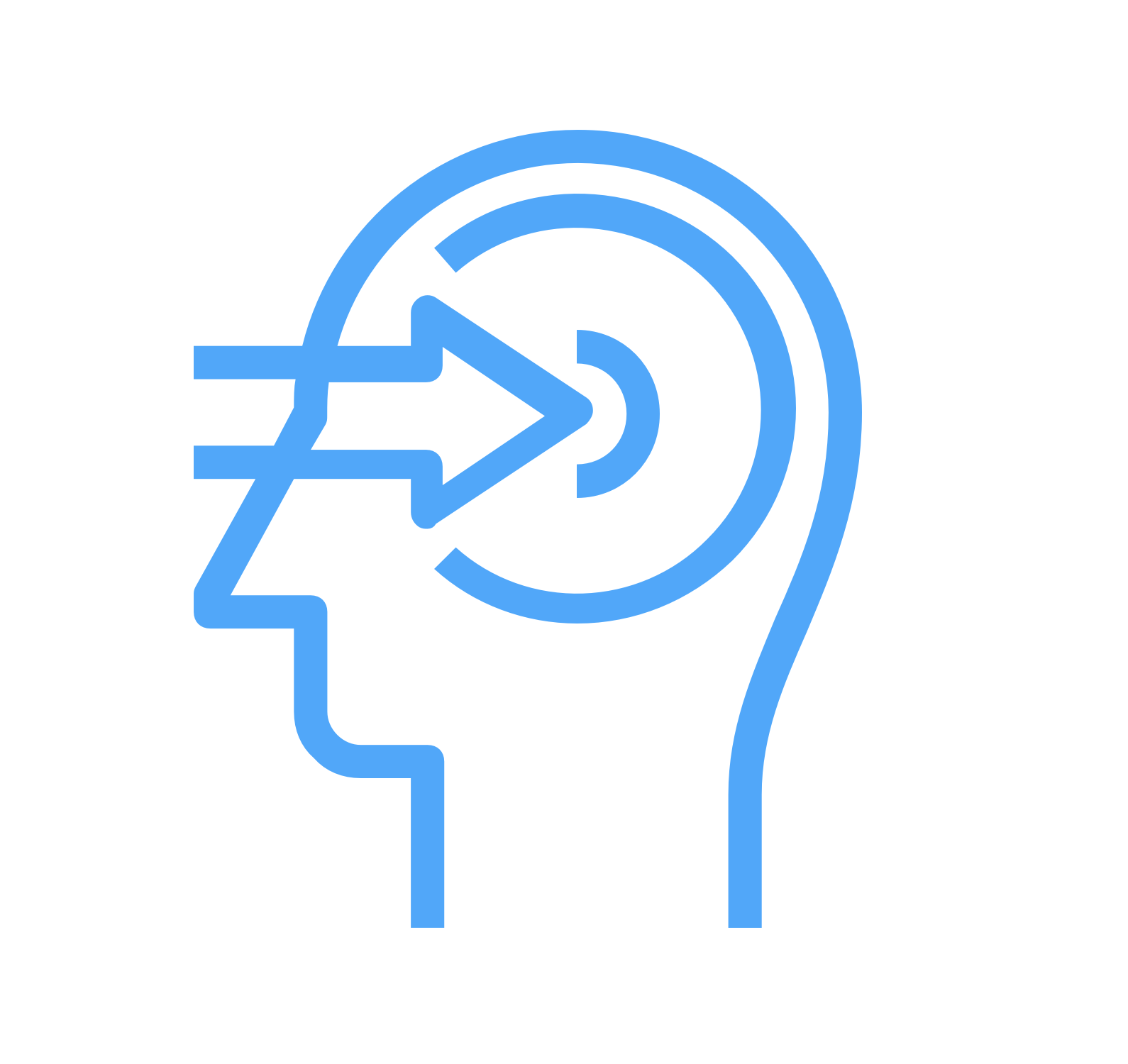
Anatomy and Physiology of Animals
The comprehensive contents from this book, combined with Odigia’s Teaching and Learning Tools have everything you need to engage, collaborate, track and assess your students.

practice questions
Helping Teachers Do What They Do Best: Teach

Customize
Use our courses as is or easily customize them to fit your teaching style and the needs of your students. Hide and show existing content, assessments and add your own favorite resources. Everything your students need, in one place!

Engage and Collaborate
Odigia combines learning materials, discussions, and tools to create a familiar social experience for students allowing you to easily connect and redirect students attention.

Track
See how much time students are spending on different areas of the course, which areas are creating the most amount of engagement and identify topics the students are struggling with. Flag and provide feedback on assignments to proactively meet individual students’ needs.

Assess
Game theory allows students to monitor their progress visually and motivates them to stay on track. Students can see exactly what activities they need to complete, which ones have been flagged and compare their progress against the overall class.
Anatomy and Physiology of Animals Course Outline
Concepts Covered: Concepts Covered: Concepts Covered: Concepts Covered: Concepts Covered: Concepts Covered: Concepts Covered: Concepts Covered: Concepts Covered: Concepts Covered: Concepts Covered: Concepts Covered: Concepts Covered: Concepts Covered: Concepts Covered: Concepts Covered:Chemicals
Classification
The Cell
Body Organization
The Skin
The Skeleton
Muscles
Cardiovascular System
Respiratory System
Lymphatic System
The Gut and Digestion
Urinary System
Reproductive System
Nervous System
The Senses
Endocrine System
About the book
Anatomy and Physiology of Animals

Anatomy and Physiology of Animals is designed for anyone studying for preliminary qualifications in veterinary nursing or biology. It is intended for use by students with little previous biological knowledge. The book has been divided into 16 chapters covering fundamental concepts like organic chemistry, body organization, the cell, and then the systems of the body.
About the authors:
Senior Contributing Authors
Ruth Lawson, Otago Polytechnic
